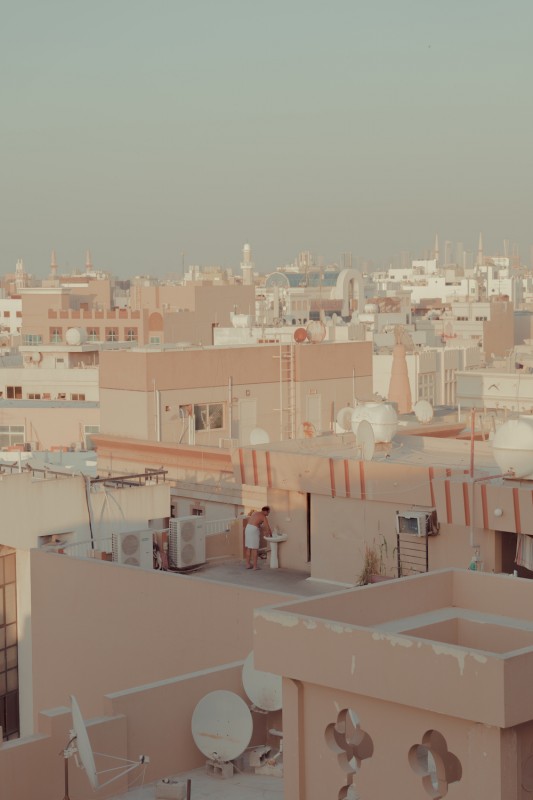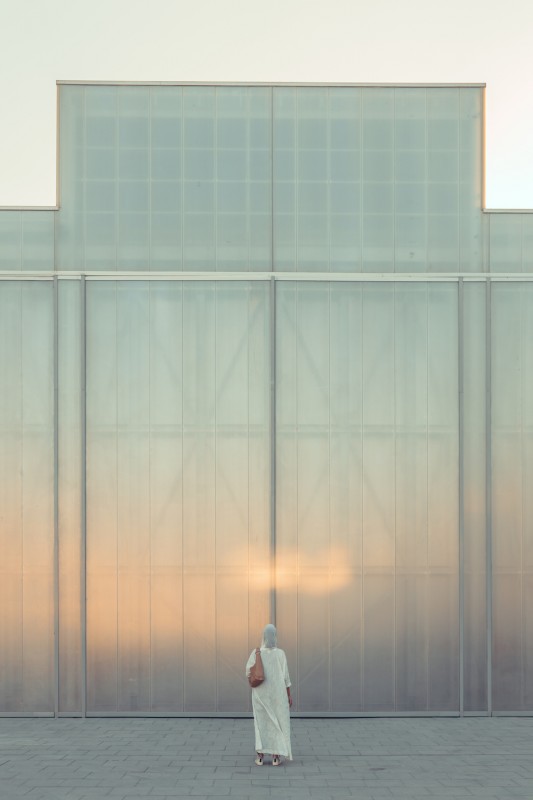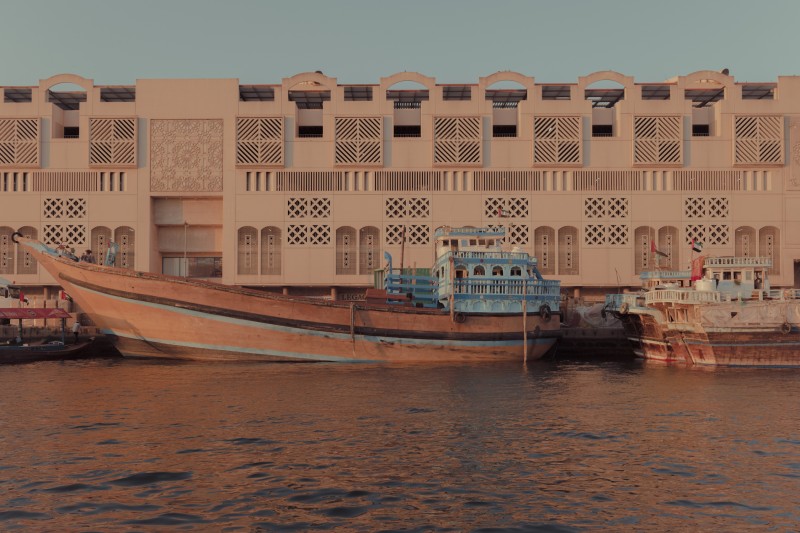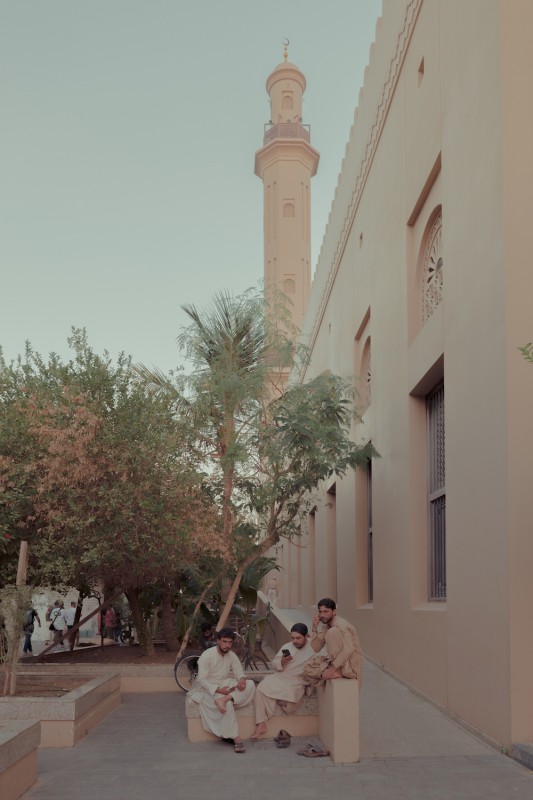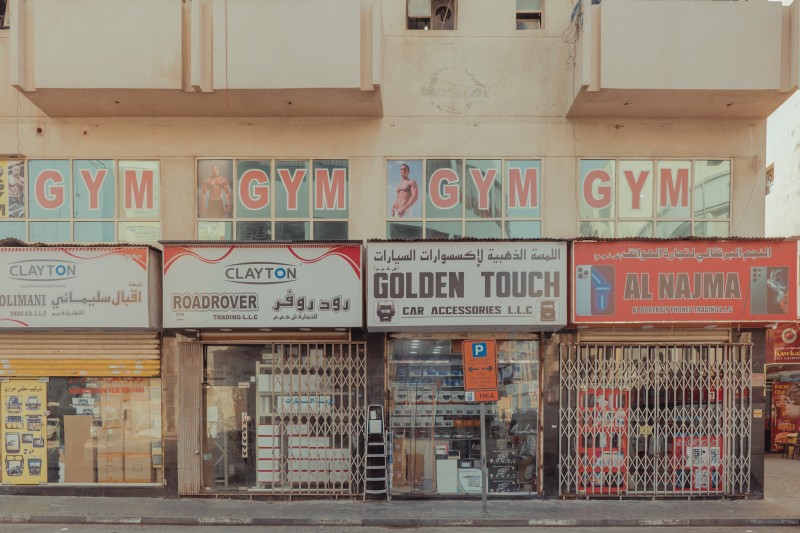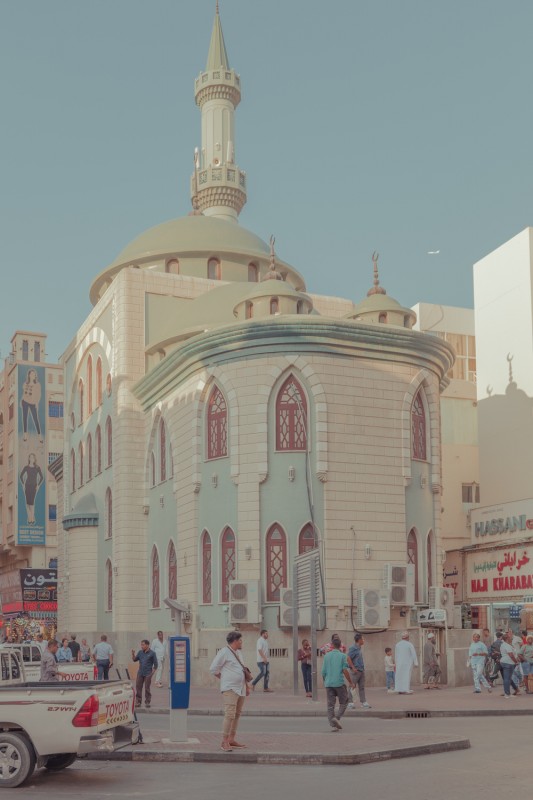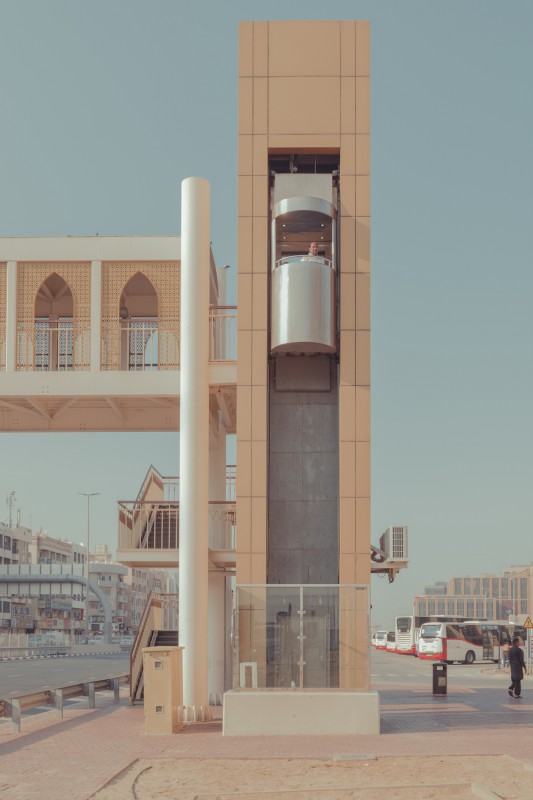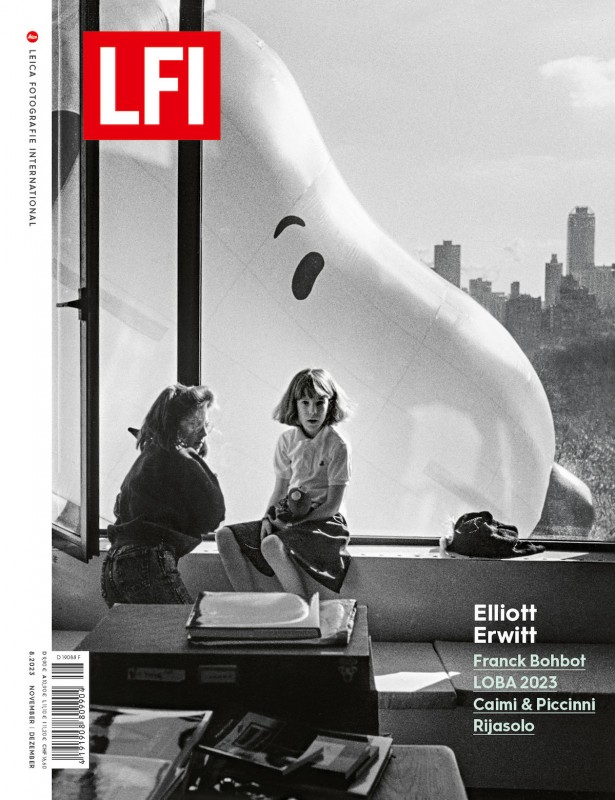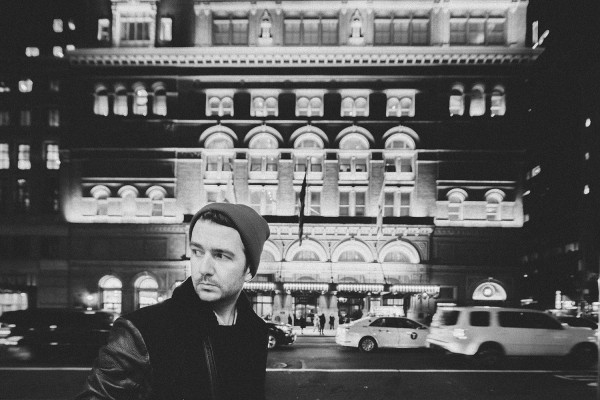Lost in Time
Lost in Time
Franck Bohbot
December 4, 2023
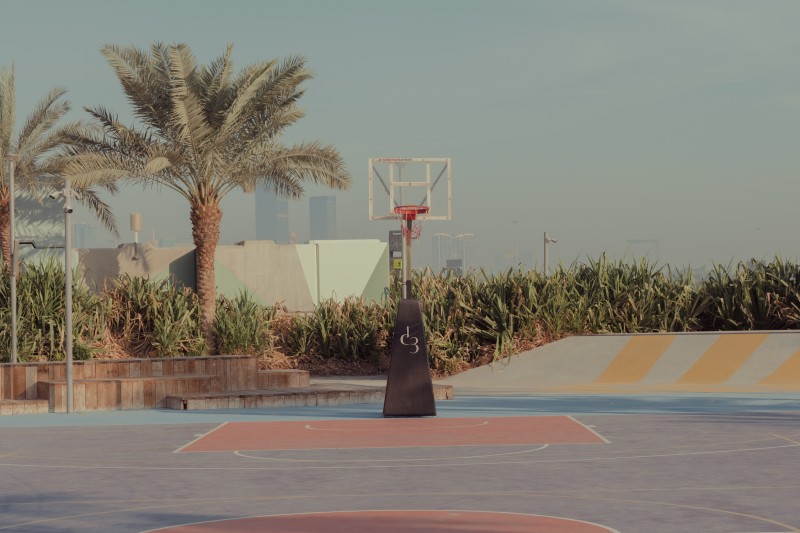
Bohbot presents his own curious and empathic view of the city. Revealing the inhabitants and the travellers in their different settings and life situations, his series combines portraits of mundane scenes, and images of interiors, with ultra-modern architecture. “In my photography of Dubai, my primary goal was to convey the seamless integration of the past and contemporary elements in this vibrant city,” he explains. “I focused on capturing moments of life, portraits, and architectural wonders in the same natural and evocative way I approach all my subjects. Dubai's rich tapestry of history and modernity provided the perfect canvas for this exploration.”
Bohbot took his camera out in the early mornings and late afternoons, wandering through the oldest neighbourhoods and the most modern districts of the city. Using the natural light, he captured the interplay between individuals and nature; and the kind of moments that unfold in an urban landscape to which people adapt as if they were part of the fabric of the city itself. To get a holistic view, Bohbot photographed the project vertically. He explained that he wanted to showcase not only the people, but also the surroundings; and to tell a story that goes beyond the architecture. His well-composed portrait-format images weave together elements of old and new, of tradition and innovation, whether he is photographing tourists or locals, on the beach, in the desert or at an amusement arcade. His typical photographic style – with its natural, but also suggestive, pastel-coloured aura – evokes warmth, and emphasises the artistic. As though a sandstorm had swept over Bohbot's pictures, the viewer is confronted with a fairy-tale feeling, reminiscent of The Thousand and One Nights. “Through this play of light and colour, I aimed to create a visual narrative that allows viewers to feel the dynamic essence of Dubai,” the photographer remembers, “where time-honoured heritage seamlessly intertwines with the contemporary.” And so, with Lost in Time, Bohbot has created a fascinating urban tapestry, where moments and emotions are forever interwoven with a touch of nostalgia and timelessness.
LFI 8.2023+-
Bohbot's portfolio Back to the Arcade can be found in LFI Magazine 8.2023. More
Franck Bohbot+-
Born in Longjumeau, Southern France in 1980, the photographer moved to New York City in 2013. Since 2008, he has produced numerous photo series that deal with urban architecture. Theatres, libraries, swimming pools are all parts of his universe. The photographer’s visual style is marked by cinematic influences and a keen eye for the theatrical. Many of Bohbot’s series and projects move in the space between reality and fantasy. More

